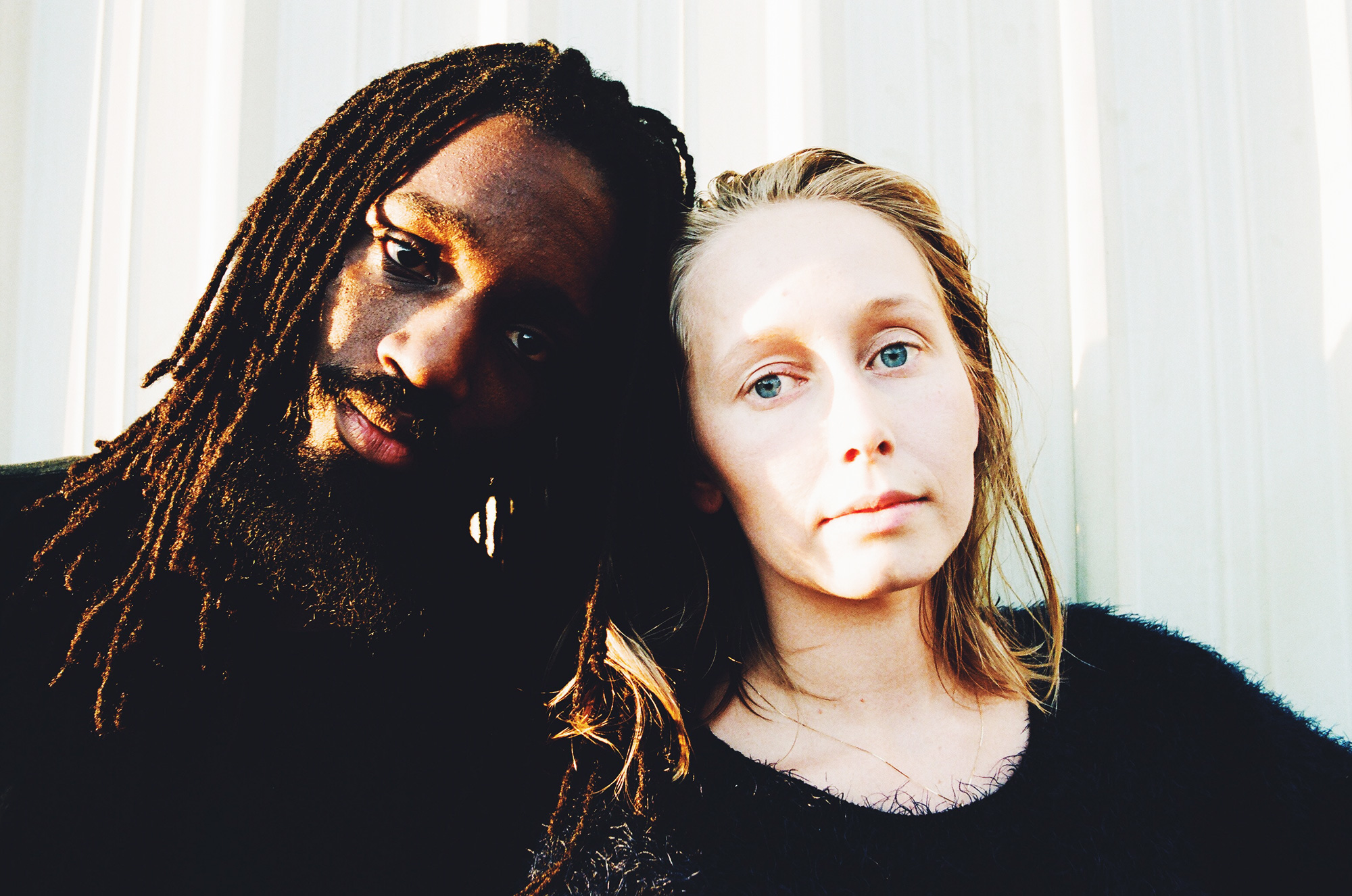Homelessness

Who is Homeless?
The changing face of homelessness
Homelessness comes in many faces and takes many forms, it knows no gender and no age and is not limited to street life in the inner cities. Families and female victims of violence are the fastest growing population in need of shelter. Today there are many homeless women and children moving from shelter to shelter or “couch surfing” from one friend’s home to another. Entire families can become homeless and separated as a result of a lack of affordable housing, the decline in full-time employment, permanent or well-paying jobs.
The homeless population is diverse:
* Women parenting on their own enter shelters at twice the rate of two-parent families.
* Domestic violence against women and children is a contributing factor to homelessness.
* When women become homeless, they are also at an increased risk of violence, sexual assault, and exploitation.
* Over 25 years, child and family poverty has increased by 25%; the number went from 15.8% of children in 1989 to 19.1% of children in 2012.
* Adult males aged 25-55 – 47.5%
* Youth aged 16 – 24 – 20% * Nearly 15% of people with disabilities live in poverty, 59% of which are women.
* Estimates place the number of homeless individuals living with a disability or mental illness as high as 45% of the overall homeless population. * Children with disabilities are twice as likely to live in households relying on social assistance * 21% of single mothers in Canada raise their children while living in poverty (7% of single fathers raise their children in poverty).
* Indigenous Peoples (including First Nations, Métis, and Inuit peoples) are overrepresented among the homeless population in virtually all urban centres in Canada. * 28%-34% of shelter users are Indigenous. * 1 in 5 racialized families live in poverty in Canada, as opposed to 1 in 20 non-racialized families. * Racialized women living in poverty were almost twice as likely to work in manufacturing jobs than other women living in poverty. * Overall, racialized women earn 32% less at work. * Nearly 15% of elderly single individuals live in poverty.
* Nearly 2 million seniors receive the Guaranteed Income Supplement and live on about $17,000 per year. However, the most basic standard of living in Canada is calculated at $18,000 per year for a single person
***Stats in Graphic form
Ways to Donate
Help us bridge the gap by contributing in support of initiatives focussed on bettering the lives of those in our community struggling with the effects of poverty, homelessness and mental illnesses.
One Time Gift
Legacy Gift
Monthly Gift
Gift of Cellebration
In Memory
Corporate Matching

For over 65 years, Margaret’s has been empowering individuals struggling with serious mental illness to rebuild and reclaim their lives.
221 Broadview Avenue Toronto, ON, M4M 2G3 Canada | Tel: 416.463.1481 | Fax: 416.461.4866 | info@margarets.ca
Privacy | Cookies | Terms